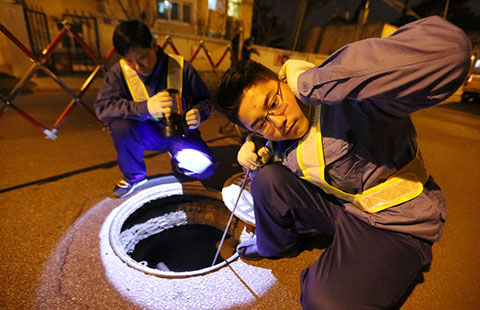Sustaining high growth
The pace of urbanization should dispel Western doubts stemming from concerns over so-called ghost cities and chronic over-investment. According to research by the global management consulting firm McKinsey & Company, with the annual influx of new urban residents totaling 15 to 20 million, China will need more than 220 large cities - at least one million inhabitants each - by 2030, up from 125 in 2010.
Moreover, because urbanization is a capital-intensive endeavor and China's capital stock per worker, a key driver of productivity growth, is still only 13 percent of the levels in the United States and Japan, China will remain a high-investment economy for years to come.
What is new today is the focus on urbanization's negative externalities, especially the thorny issues of land confiscation and environmental degradation. A well-developed "eco-city" framework was presented at this year's forum to counter both concerns. It features incentives to promote a new urbanization model, one that stresses compact land usage, mixed modes of local transportation, lighter building materials, and non-carbon energy sources.
Second, the new government is focused on strengthening the social security net as a pillar of a modern consumer society. In particular, owing to the hukou, China's antiquated household registration system, access to public services and benefits are not portable. As a result, migrant workers, an underclass numbering roughly 160 million, remain shut out of government-supported healthcare, education and social security.
Holes in the social security net have led to high and rising levels of precautionary saving, driving a wedge between increases in income and any impetus to discretionary purchasing power. Significantly, there were strong hints from senior Chinese leaders at the forum that hukou reform is now under active consideration. While that would be welcome, such efforts need to be accompanied by an expansion of benefits. China's retirement system has only about $430 billion of assets under management (national and local government social security and private-sector pensions).

















